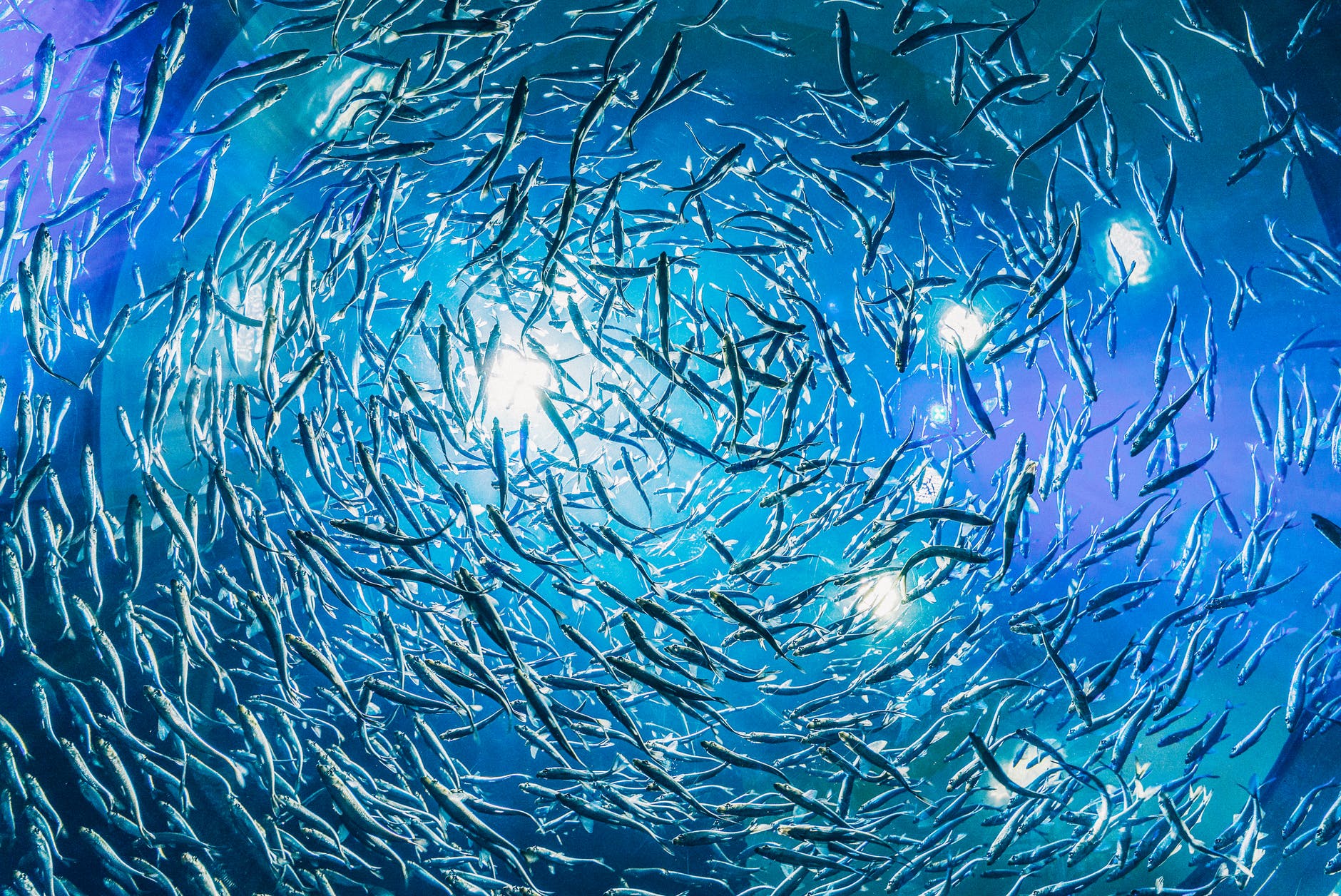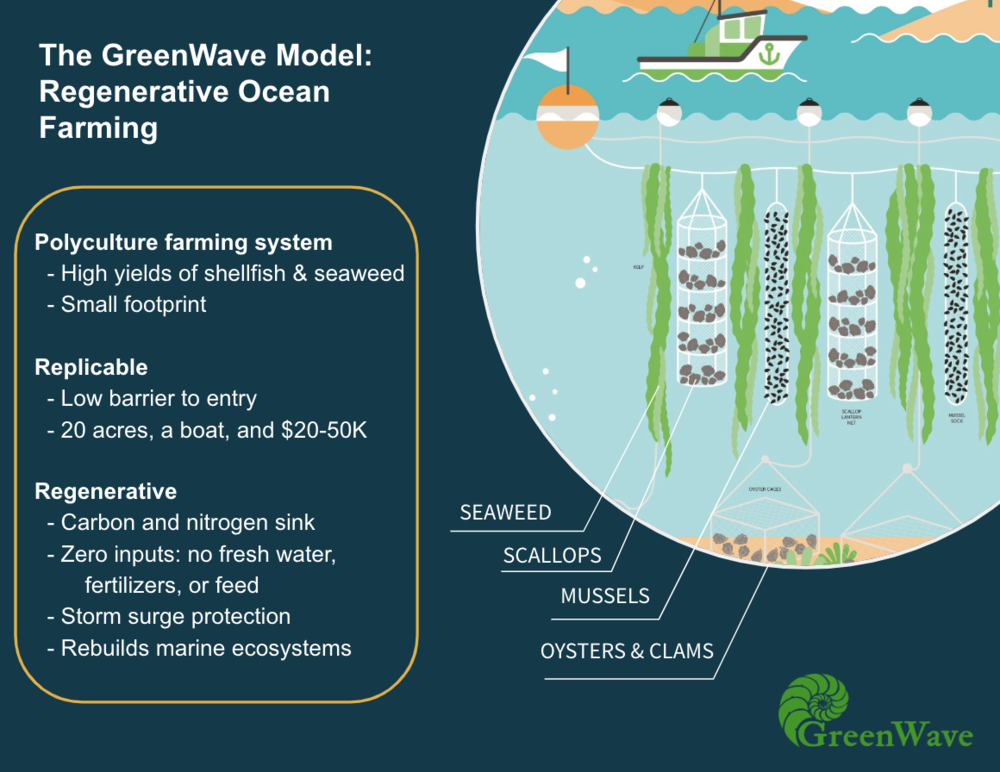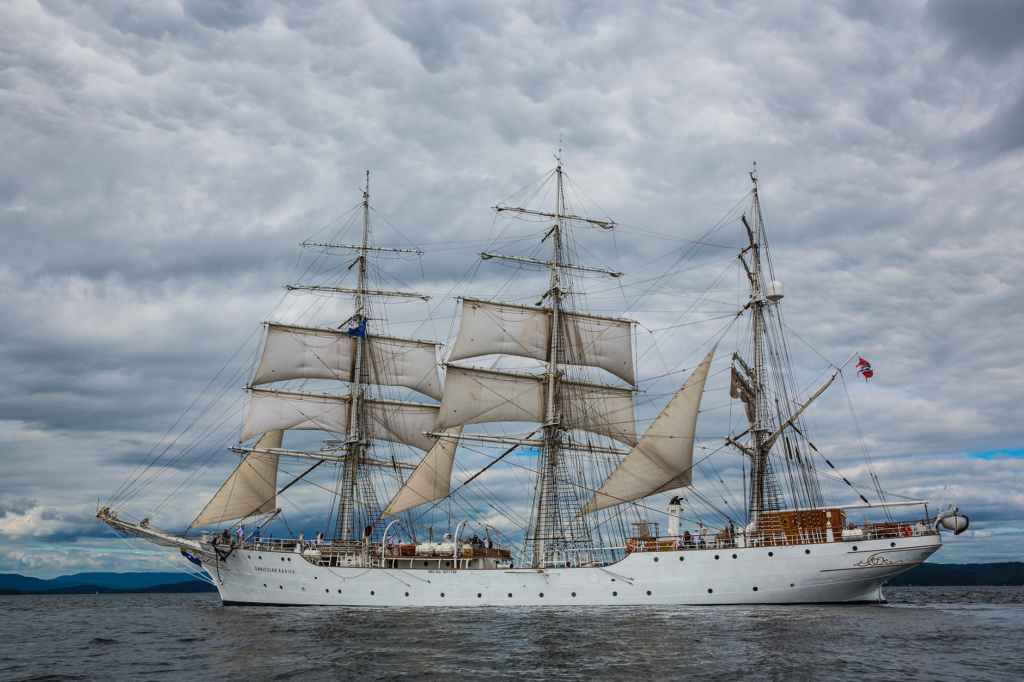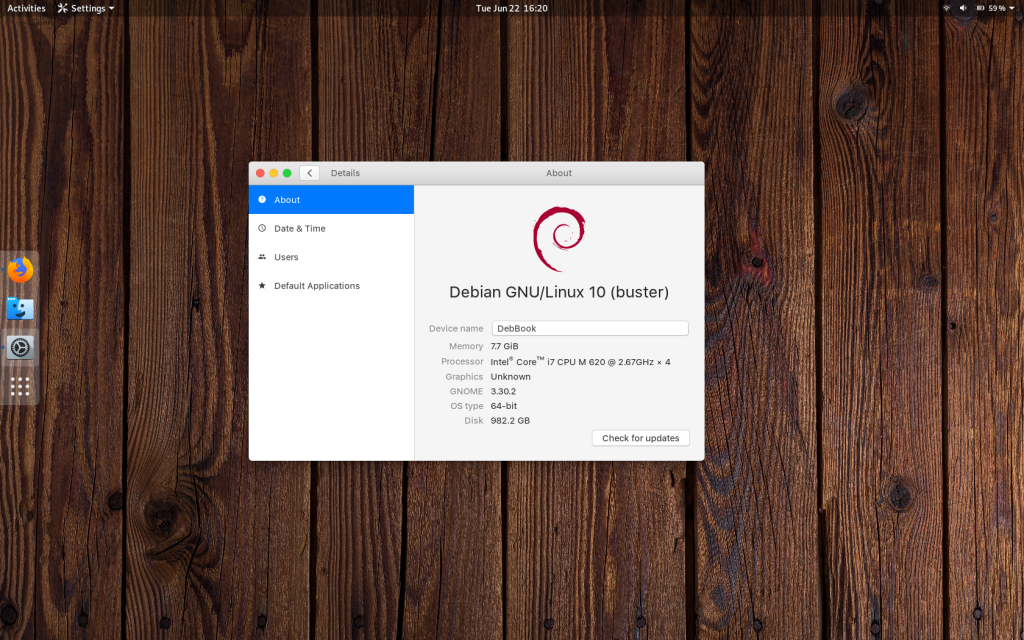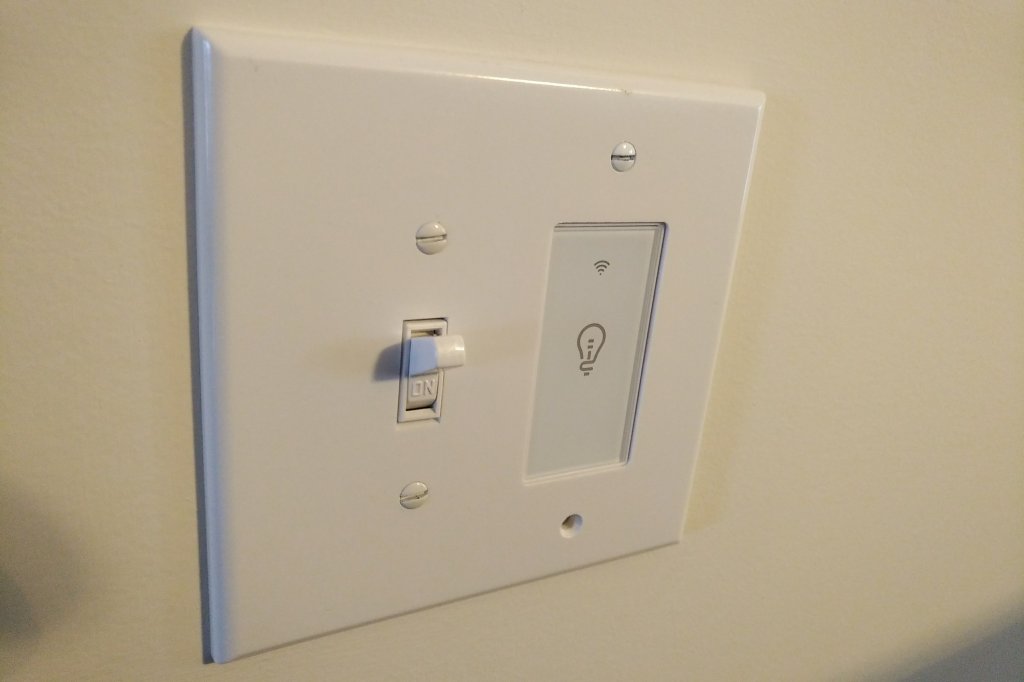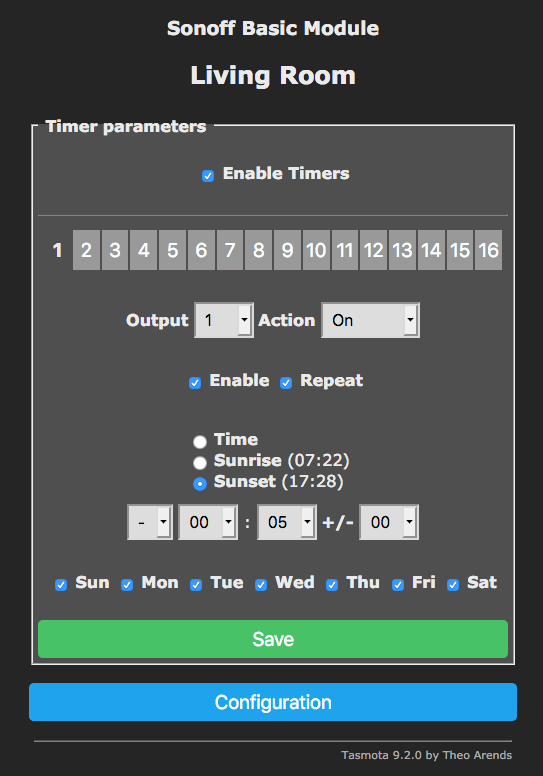Our modern methods of timekeeping have changed our relationship with the world around us, giving us more precise measurements for science, but also abstracting us further from the natural world. I think it’s time we looked at how a solarpunk future can incorporate a saner method of chronometry.

Our neolithic ancestors lived and moved according to the cycle of seasons and the rising and setting of the sun. Before the widespread adoption of the clock, we slept in segments, instead of all the way through the night. With the rise of the train, time zones kept people on track to their destinations. Now, some people have suggested returning to local time based on solar noon and setting any meeting times based on Universal Coordinated Time (UTC). After a year of online meetings that were held in various time zones around the world, I really see the appeal of UTC so I wouldn’t have had to run calculations to figure out when the meetings were in my own time zone. Don’t even get me started on my feelings toward Daylight Savings Time.

On the calendar front, there have been several attempts at calendar reform to oust the Gregorian Calendar, including the French Revolutionary Calendar, the World Season Calendar, and the International Fixed Calendar (IFC). The IFC has 13 months of 28 days resulting in a weekly layout that is the same each month. This leaves one or two extra days depending on if it’s a leap year that go into Year Day and Leap Day. I really like the IFC, and one of the oft-cited drawbacks, constant Friday the 13ths, is easily remedied by changing the first day of the month to Monday according to ISO standards. Kodak even used the IFC for more than 60 years since George Eastman thought it was so elegant.

What do you think? Would changing the calendar and time zones be more trouble than it’s worth? Let us know below!




